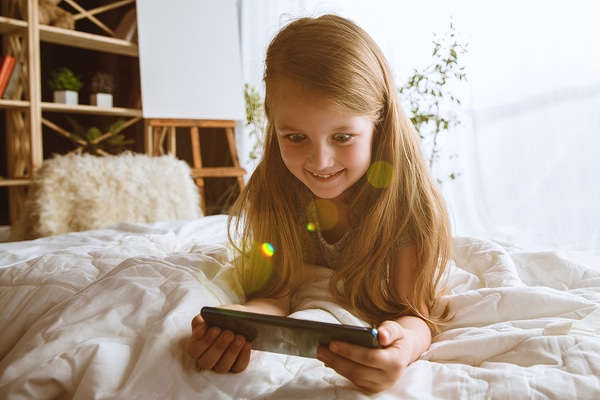Some apps fix their problems. Others rebrand and hope everyone forgets them. So it is with Look, which was once Sochat and is now Sochat again. And both should be in your parental control software’s blacklist.
What Was Look?
As far as we can tell, the Look app is no longer available, although it may still be uploaded on improperly wiped secondhand devices. When it was active, Look was designed to be a multimedia messaging service combining text, video, pictures, and drawings. It was supposed to stand out due to its ability to draw on and notate video. Most troubling to parents, it encouraged users to chat with strangers nearby.
It was also accused of spammy methods to bolster its userbase, such as sending an “invitation” automatically to all your contacts when you downloaded the app. But the story gets much worse.
Tracking Down A Sketchy App
When we first heard of the Look app, we began researching it and quickly discovered that the app itself appears to have vanished. It turns out, though, the story’s more complicated than that. Follow this thread if you can.
- Look originally launched as SoChat in 2014. It was a knock-off of the more popular WeChat, but where that app was international, SoChat was aimed at Americans.
- When that didn’t work, SoChat was rebranded as Look. This was true as of 2017.
- At some point, it appears SoChat, or at least the app, was sold to a company called Mini Joy HK Limited, which shares a name with an Indian company of the same name. It’s not clear if there’s a connection between the two. It’s also not clear if SoChat is still an independent company; when we tried to visit the page, we got a security warning.
- The entire Look app page was scrapped, and SoChat returned, complete with the old logo. This move conveniently got rid of its bad reviews, user complaints, and other issues.
Why does this matter? This means that the data from anyone who used the app has changed hands, multiple times, between entities of uncertain provenance. And if Look or SoChat are still on a device, they may still have those permissions.

What Can We Learn From Look?
Parents should talk with kids about how predators and fraudsters can use their information for nefarious ends. Even something as simple as a profile picture might come back to haunt them.
In the meantime, take the following steps with apps kids may want to use that you don’t trust.
- Check their permissions in the app store. Veto any apps that might collect information you don’t want out there on your kids, and make sure they understand the basics of internet safety.
- Configure your operating system and parental control software to block downloads and to limit what these apps can access, what times they can function, and so on.
- Fully wipe any devices, whether you plan to resell them, hand them down to younger siblings, or recycle them, and do the same with any upcycled devices you might get for kids. This not only clears any personal data, it keeps apps like Look out of your family’s orbit.
Managing both old apps and new apps can be a point of frustration for parents. Parental control software can help. To learn more, sign up!


Join the conversation